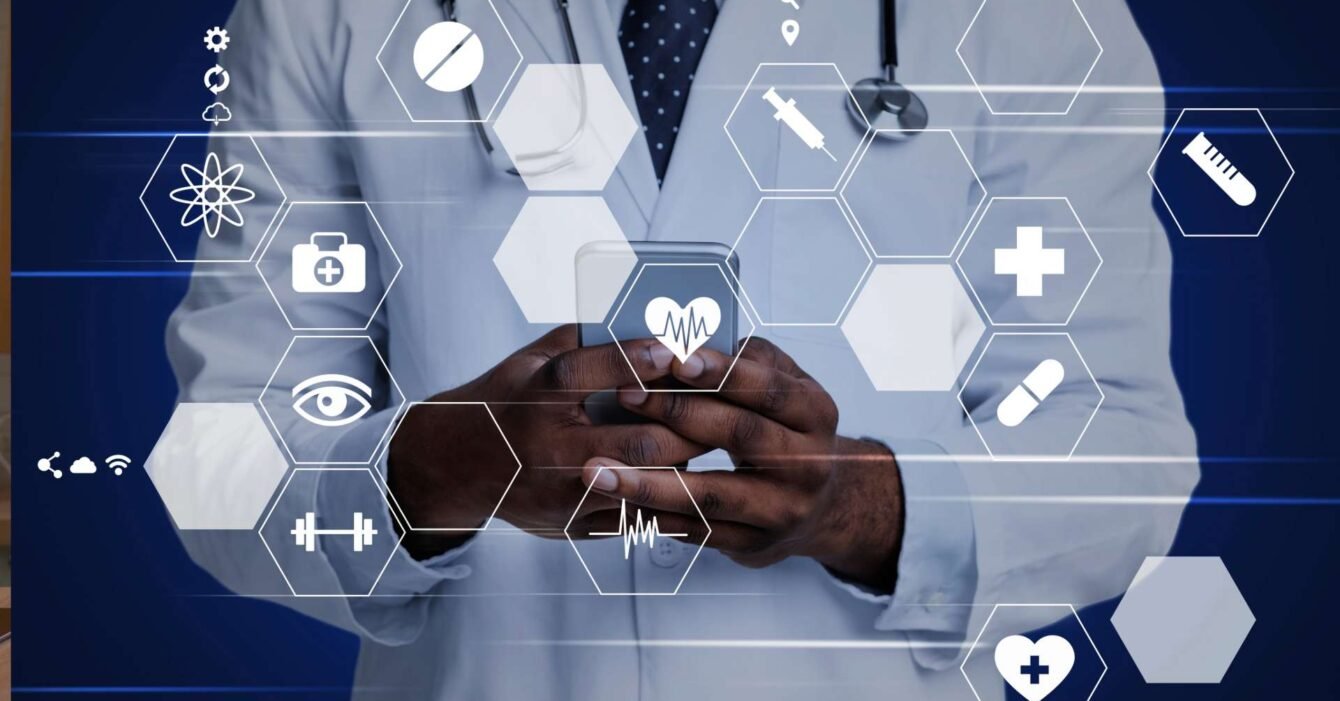The Role of IoT in Healthcare: Transforming Patient Care in Saudi Arabia
The integration of IoT in healthcare is revolutionizing patient care across the world, and Saudi Arabia is no exception. As the country invests heavily in digital transformation as part of Vision 2030, IoT technologies are playing a pivotal role in enhancing healthcare delivery. From remote patient monitoring to connected medical devices, these innovations are making healthcare more efficient, accessible, and personalized, ultimately improving patient outcomes.
Remote Monitoring: Revolutionizing Chronic Disease Management
One of the most significant applications of IoT in healthcare is remote monitoring, which allows healthcare providers to track patients’ vital signs and health data in real time. This is particularly important for managing chronic diseases, such as diabetes, heart disease, and hypertension, which require continuous monitoring and timely interventions. Patients equipped with IoT-enabled devices can have their health metrics—like blood glucose levels, heart rates, and blood pressure—monitored remotely by healthcare professionals.
For example, smart glucose meters and wearable heart monitors transmit real-time data to doctors, enabling them to intervene early if irregularities are detected. This capability reduces the need for frequent hospital visits, which is particularly valuable in Saudi Arabia’s vast and remote regions where access to healthcare facilities can be limited. By enabling early intervention and reducing hospital readmissions, IoT-driven remote monitoring improves patient outcomes while also lowering healthcare costs.
Connected Medical Devices: Enhancing Personalized Care
The use of connected medical devices is another key benefit of IoT in healthcare. These devices, such as smart blood pressure monitors, ECG devices, and inhalers, are transforming how care is delivered. With IoT, medical devices can now communicate directly with healthcare providers, allowing for real-time monitoring and the transmission of critical health data.
In Saudi Arabia, where there is a growing aging population and an increasing prevalence of chronic diseases, these connected devices offer a practical solution for delivering personalized care. By continuously collecting and analyzing patient data, healthcare providers can tailor treatments to individual needs, adjust medications, and make informed decisions based on real-time insights. This level of personalization helps to prevent complications and ensures that patients receive the most appropriate care at all times.
The Growing Market for IoT in Healthcare

The demand for IoT in healthcare is growing rapidly in Saudi Arabia, with the market expected to expand at an annual rate of 8.69% through 2029. This growth is fueled by several factors, including government initiatives to modernize healthcare infrastructure, the increasing need for chronic disease management, and the advancement of IoT technologies such as data analytics and 5G connectivity.
Telemedicine is another driving force behind this growth. In a country with vast geographical disparities, telemedicine services supported by IoT devices are making healthcare more accessible. Patients can consult with healthcare professionals virtually, while IoT devices monitor their conditions from the comfort of their homes. This not only reduces travel time and costs for patients but also improves access to healthcare services in remote areas, enhancing overall care delivery.
Improving Patient Outcomes with IoT
By integrating IoT in healthcare, Saudi Arabia is well-positioned to improve patient outcomes, reduce healthcare costs, and enhance the overall efficiency of its healthcare system. Remote monitoring and connected devices allow for early detection and treatment, helping to prevent complications and hospital readmissions. As technology continues to evolve, the applications of IoT in healthcare will only expand, providing even more opportunities to deliver high-quality, patient-centered care.
The shift toward preventive healthcare is another important trend supported by IoT. With continuous health monitoring, patients and healthcare providers can identify potential issues early, before they escalate into more serious conditions. This not only improves patient well-being but also reduces the strain on healthcare systems, making care delivery more sustainable in the long term.




